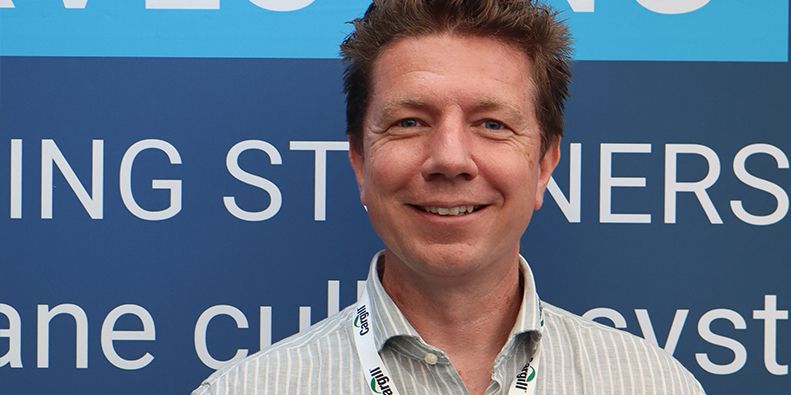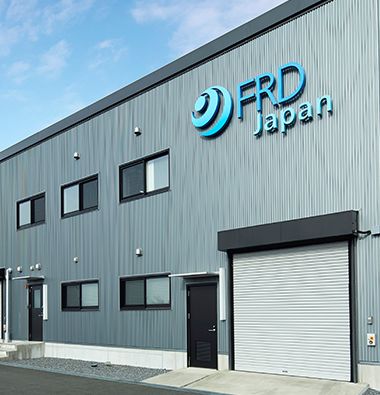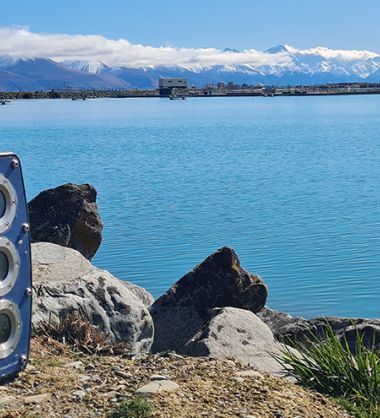AI, the future of fish farming?
18 December 2024

As the global demand for seafood continues to rise, fish farmers and producers are under increasing pressure to produce fish sustainably and efficiently. Though fish farming is a more sustainable form of protein production, farmers face numerous challenges, such as preserving water quality, optimising feed, and preventing diseases.
To sustainably grow fish production, farmers need accurate and accessible data for informed decision making. This is where AI can make a real difference. AI offers a data-driven approach that can process multiple pieces of information at the same time, offering real-time insights. This is especially useful when needing to take timely interventions, for example lice treatments, or during dangerous algae blooms.
AI can detect and alert farmers to the subtle changes in fish behaviour or growth rates that might otherwise go unnoticed. Growth rates inform feeding regimes and can even indicate health issues. Feed plays a huge role in the sustainability and profitability of farming with being one of the largest costs for farmers (over 50%), and over feeding leads to seabed pollution and higher grow out costs. Clearly any indication of overfeeding can improve resource management, reducing costs and environmental impact.
The importance of AI was also highlighted at this year’s Responsible Seafood Summit, which was held close to home for us - in St Andrews. Our Chairman Chris van der Kuyl spoke about the relationship between AI and the Seafood Industry, and the important role AI plays in meeting food security needs. We were also nominated for the prestigious Responsible Seafood Summit Innovation Award for our AI-powered A-BIOMASS camera, which records real-time biomass information. All data is tracked and presented in our A-FISH IQ™ portal in user friendly visualisations, allowing farmers to grade, harvest or feed in response to the data.
Jon Bailey, General Manager at Mt Cook Alpine Salmon in New Zealand, has been using our A-BIOMASS®. Reaching accuracy levels of 99.75%, our biomass camera has helped Mount Cook to identify which fish to harvest, and to provide their sales team with up to date and accurate distribution in advance of processing. Our cameras have minimised handling which reduces stress for the fish and has enabled Alpine Salmon to identify which fish to harvest to match customer requirements.
So, is AI inevitable for aquaculture? Yes and no; farmers can still make decisions without these tools, but these decisions tend to be based on traditional methods, experience, and intuition, which may not always be as efficient or accurate. While traditional methods can still be effective, AI can help farmers improve accuracy and efficiency and enhance sustainability. This is crucial when we look at the challenges posed by climate change and resource limitations. To sustainably grow our fish production, we need to embrace the tools we have to meet sustainability goals, reduce wastage, and improve welfare. Equally, as fish farms push out ever further from shore, there is greater need to automate processes such as feeders and to track the growth and weight remotely. Our technologies play a key role in this exciting future.


